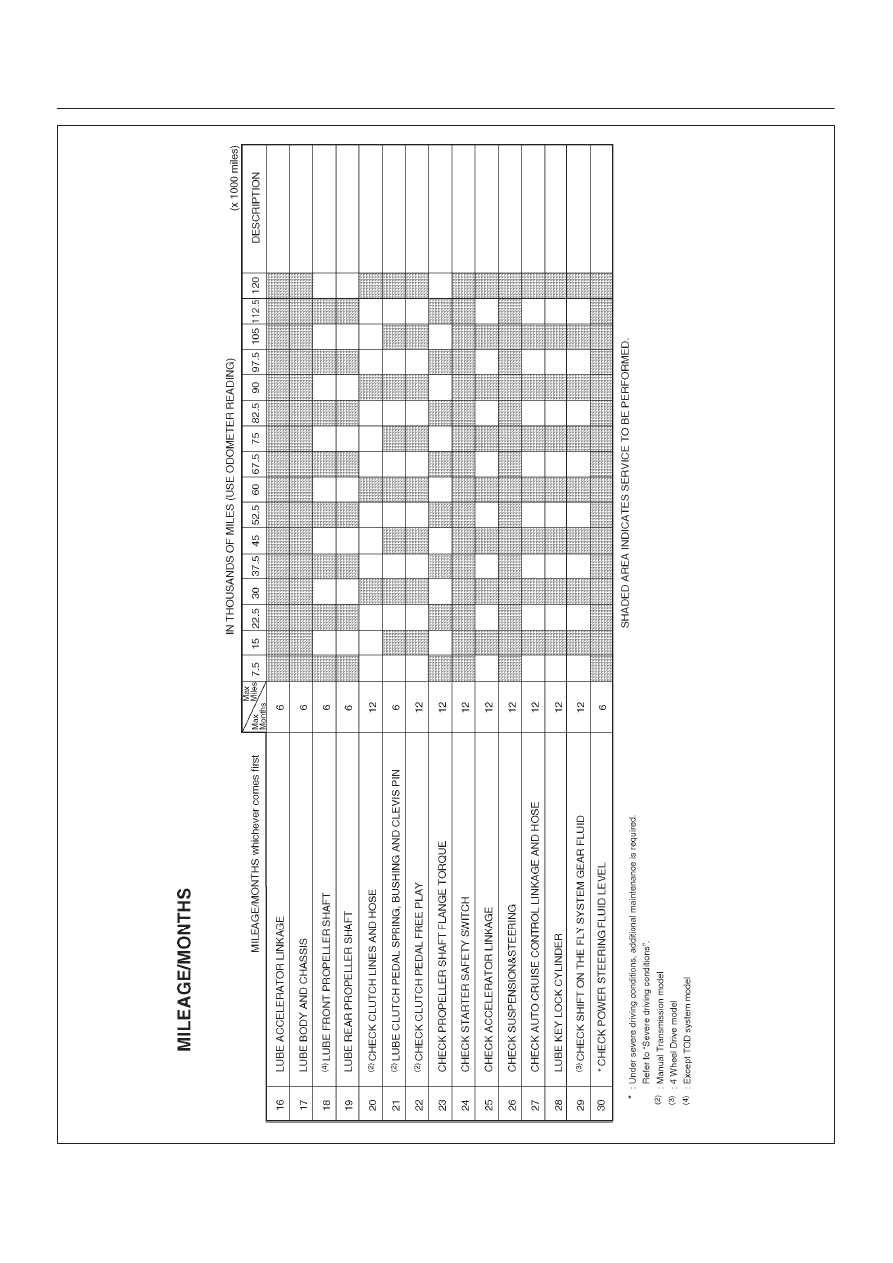Isuzu Amigo / Axiom / Trooper / Rodeo / VehiCross. Manual - part 531

0B–4
MAINTENANCE AND LUBRICATION
02UBSOM4–1
Index Isuzu Isuzu Amigo / Axiom / Trooper / Rodeo / VehiCross - service repair manual 1999-2002 year
|
|
|

0B–4 MAINTENANCE AND LUBRICATION 02UBSOM4–1 |